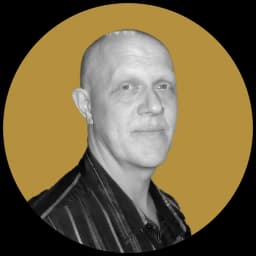Harold Lloyd Retrospective Offers a Chance for Reassessment
Although his name appears in the credits primarily as an actor, Lloyd was a firm presence behind the camera and, I would argue, among the finest of comedy directors.

The sacrifices we make for those close to us. Cajoled by the daughter of a friend, I agreed to watch “Top Gun: Maverick,” the movie Steven Spielberg claimed “saved Hollywood’s ass.” I don’t know about Hollywood, but my behind was markedly discomfited during the run of the picture. Not because high-end, machine-tooled products aren’t to my taste, but because I was reminded of Harold Lloyd.
Please check your email.
A verification code has been sent to
Didn't get a code? Click to resend.
To continue reading, please select:
Enter your email to read for FREE
Get 1 FREE article
Join the Sun for a PENNY A DAY
$0.01/day for 60 days
Cancel anytime
100% ad free experience
Unlimited article and commenting access
Full annual dues ($120) billed after 60 days

